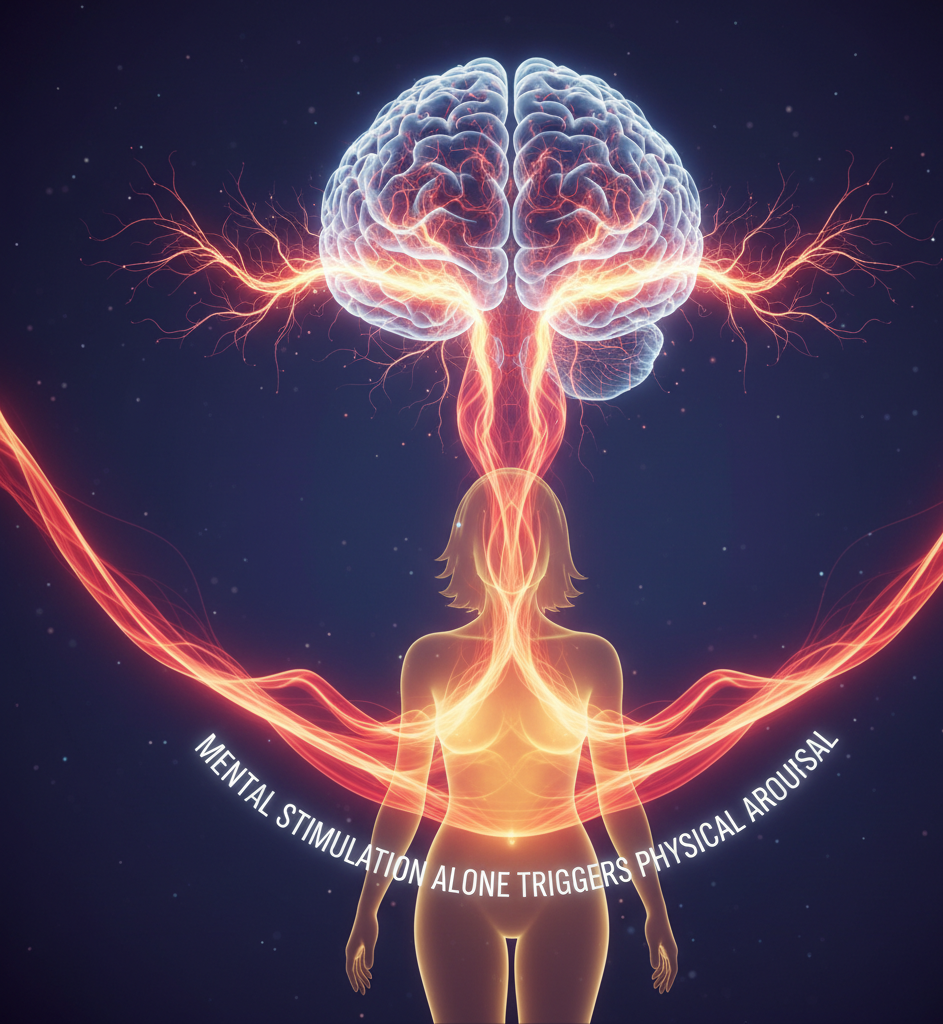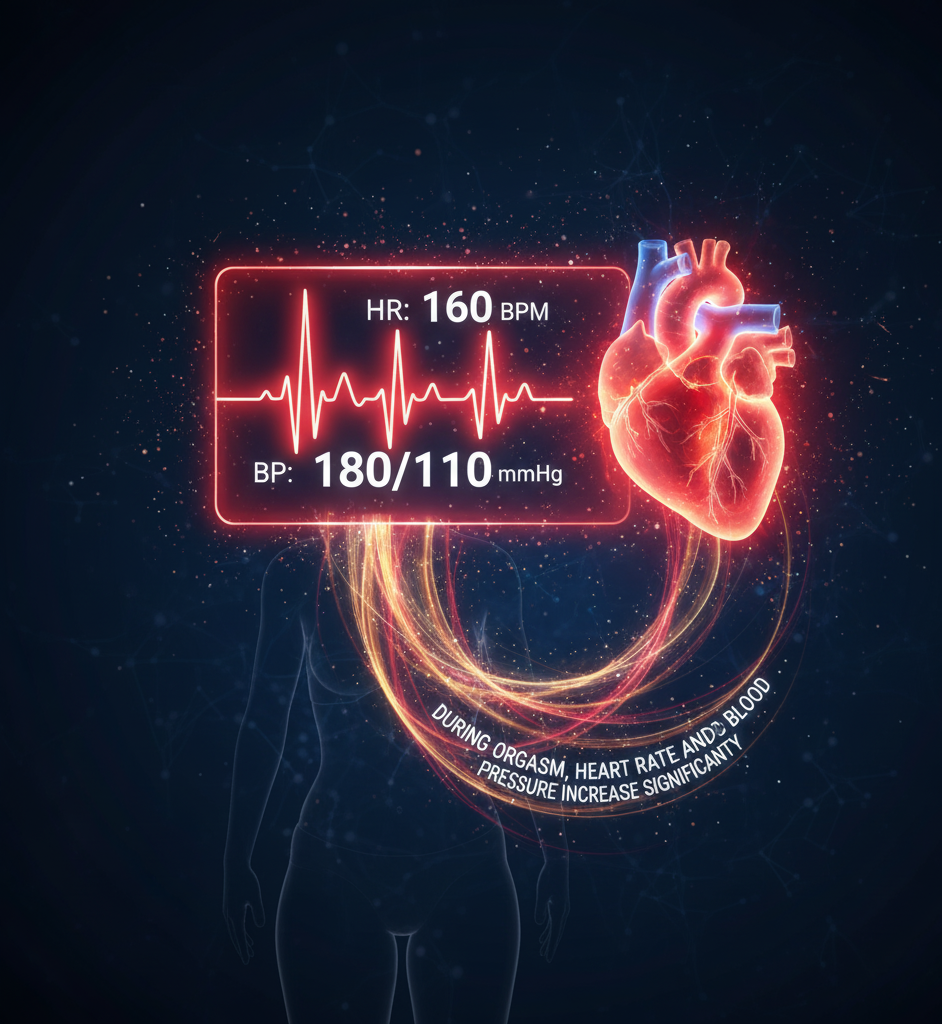Understanding the female sexual response isn’t just about better intimacy—it’s about recognizing the profound differences between how men and women experience arousal and pleasure. While these differences are natural and significant, many people remain unaware of the distinct stages women go through during sexual activity. This knowledge is essential for anyone seeking a more fulfilling and connected intimate relationship.

The journey of female sexual arousal follows a predictable pattern, moving through four distinct phases that involve dramatic physical and emotional changes. From the first spark of desire to the final moments of resolution, a woman’s body undergoes a remarkable transformation. Let’s explore each stage in detail to gain a better understanding of this natural process.
The Initial Arousal Phase
Sexual arousal in women begins with the very first signs of desire. The initial response happens quickly—often within the first 30 seconds of stimulation. During this phase, blood flow increases dramatically throughout the body, particularly to the genital area. This increased circulation causes noticeable physical changes.
One of the earliest visible signs occurs in the breasts. As arousal builds, the breasts may swell slightly and become more sensitive to touch. The nipples often become erect and tender, responding to even gentle stimulation. This heightened sensitivity is part of the body’s natural preparation for sexual activity.
The genital area responds almost immediately to sexual stimulation. The vagina begins producing natural lubrication, which can occur in as little as 30 seconds after arousal begins. This wetness is the body’s way of preparing for potential intercourse, making the experience more comfortable and pleasurable.

What’s particularly fascinating about female arousal is that physical touch isn’t always necessary to trigger these responses. A woman can become aroused through thoughts, fantasies, visual stimuli, or emotional connection alone. The mind plays a decisive role in female sexuality, sometimes even more so than physical contact. This mental component sets women apart from men in significant ways.
The Plateau Phase
As arousal continues, women enter what’s known as the plateau phase. During this stage, something interesting happens that often confuses people. The intense activity in the genital area that characterized the initial arousal phase appears to settle down somewhat. Some people mistakenly interpret this as a loss of arousal or diminishing interest.
However, nothing could be further from the truth. This plateau phase doesn’t represent a decrease in sexual excitement. Instead, it signals that the body has completed its preparation for sexual activity. Think of it as the calm before the storm—the body is maintaining a high level of arousal while building toward something greater.
During this phase, all the changes that began during initial arousal continue and intensify. Blood flow remains elevated, lubrication continues, and sensitivity stays heightened. The body remains steady in this elevated state, creating the perfect conditions for what comes next. This phase can last anywhere from a few seconds to several minutes, depending on the individual and the nature of the intimate encounter.
Understanding this plateau phase is crucial because it’s easy to misread the signals. Partners who aren’t aware of this natural progression might think something is wrong or that they need to change their approach. In reality, this phase indicates that everything is progressing exactly as it should.
The Climax Phase

The third phase brings what many consider the peak of sexual experience: orgasm. This is the moment when the sexual tension that has been building finally releases in waves of intense pleasure. For women, orgasm involves powerful involuntary muscle contractions centered in the vagina.
These contractions can radiate outward, affecting the legs, arms, and abdominal muscles. The entire body may tense and then release rhythmically. Alongside these muscular responses, other dramatic changes occur throughout the body. Blood pressure rises significantly, the heart rate can nearly double from its resting rate, and breathing becomes rapid and profound.
A critical distinction in female sexuality is what happens after orgasm. Unlike men, who typically need a recovery period before becoming aroused again, women have the capacity for multiple orgasms in succession. Depending on continued stimulation and emotional connection, a woman may experience repeated climaxes without returning to a baseline state.
During intense arousal and orgasm, some women experience an increase in vaginal fluid, and a small percentage may release a small amount of urine. This is a normal physiological response that doesn’t happen for everyone, and it’s not necessary for a satisfying sexual experience.

The Resolution Phase
After orgasm, the body begins its journey back to normal. The muscles that tensed during climax begin to relax, and blood pressure starts to normalize. The increased blood flow to the genital area gradually decreases, and the body returns to its pre-arousal state.
When orgasm has occurred, this return to normal happens relatively quickly. The body efficiently processes the physiological changes, allowing a woman to feel relaxed and satisfied within minutes. However, there’s an important consideration here.
If sexual activity ends without orgasm occurring, the resolution phase takes considerably longer. The body still needs to process all the physiological changes that occurred during arousal, but without the release that orgasm provides, this process is slower and can sometimes feel uncomfortable.
Understanding these four phases helps partners communicate better and creates opportunities for more satisfying intimate experiences. Every woman’s response is unique, but these general patterns provide a roadmap for understanding the remarkable process of female sexual arousal.
YOU MAY LIKE:

